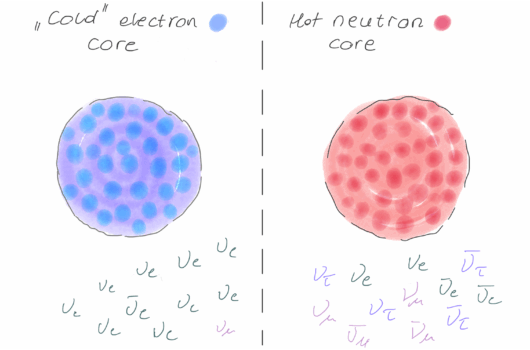EMPDF: inferring the Milky Way mass with data-driven distribution function in phase space
EMPDF: inferring the Milky Way mass with data-driven distribution function in phase space
View
Abstract
We introduce the emPDF (empirical distribution function), a novel dynamical modelling method that infers the gravitational potential from kinematic tracers with optimal statistical efficiency under the minimal assumption of steady state. emPDF determines the best-fitting potential by maximizing the similarity between instantaneous kinematics and the time-averaged phase-space distribution function (DF), which is empirically constructed from observation upon the theoretical foundation of oPDF (Han et al. 2016). This approach eliminates the need for presumed functional forms of DFs or orbit libraries required by conventional DF- or orbit-based methods. emPDF stands out for its flexibility, efficiency, and capability in handling observational effects, making it preferable to the popular Jeans equation or other minimal assumption methods, especially for the Milky Way (MW) outer halo where tracers often have limited sample size and poor data quality. We apply emPDF to infer the MW mass profile using Gaia DR3 data of satellite galaxies and globular clusters, obtaining enclosed masses of ![]() , and
, and ![]() at
at ![]() , and 200 kpc, respectively. These are consistent with the updated constraints from simulation-informed DF fitting (Li et al. 2020). While the simulation-informed DF offers superior precision owing to the additional information extracted from simulations, emPDF is independent of such supplementary knowledge and applicable to general tracer populations. emPDF is currently implemented for tracers with complete 6D kinematics within spherical potentials, but it can potentially be extended to address more general problems.
, and 200 kpc, respectively. These are consistent with the updated constraints from simulation-informed DF fitting (Li et al. 2020). While the simulation-informed DF offers superior precision owing to the additional information extracted from simulations, emPDF is independent of such supplementary knowledge and applicable to general tracer populations. emPDF is currently implemented for tracers with complete 6D kinematics within spherical potentials, but it can potentially be extended to address more general problems.




